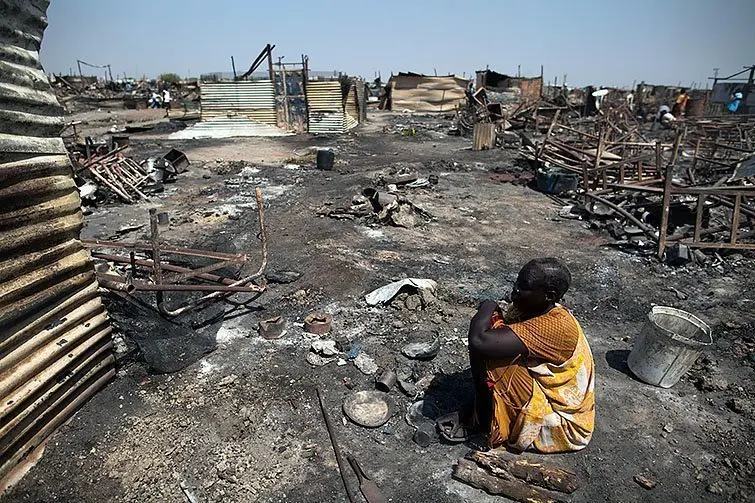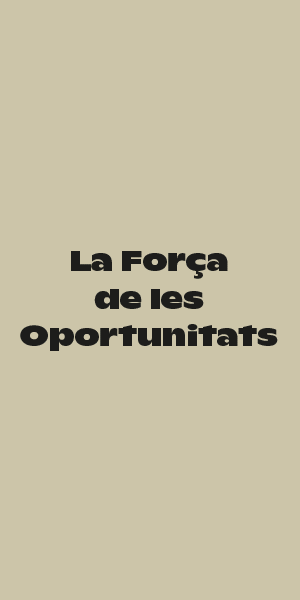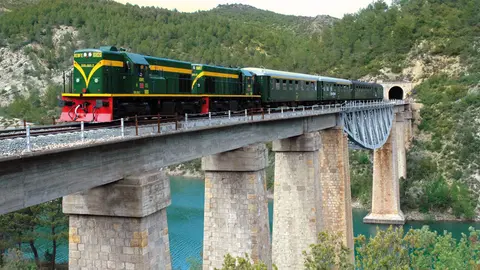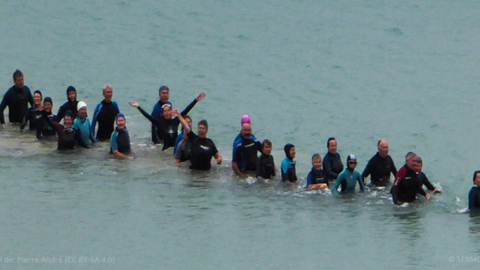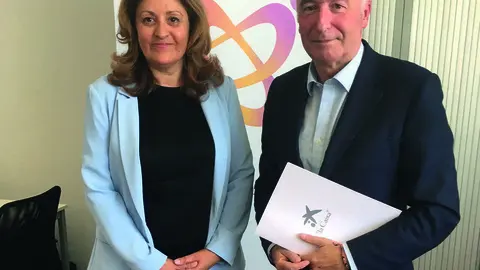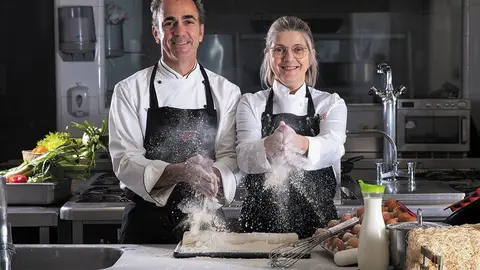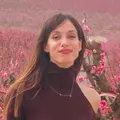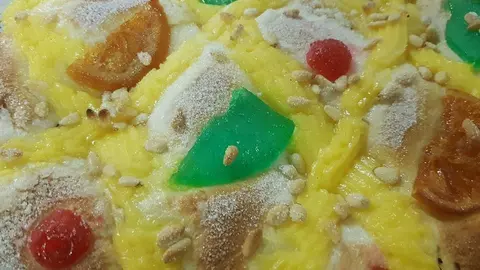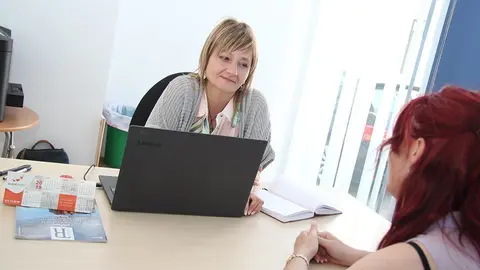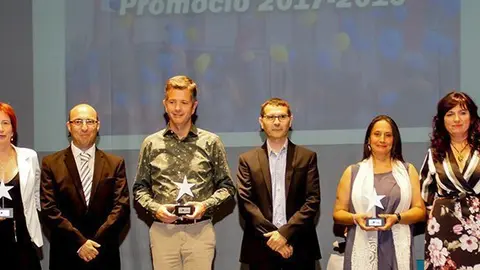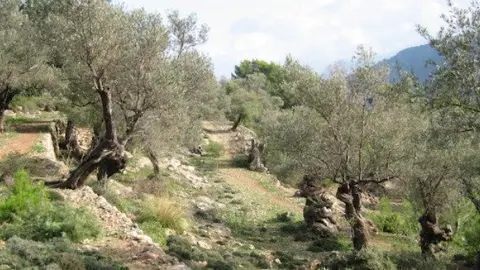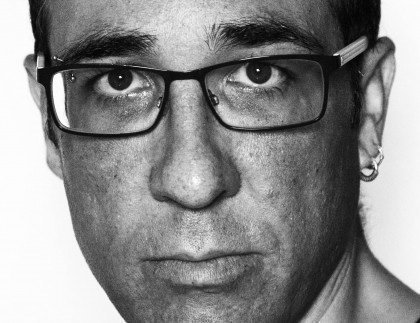 El fotoperiodista Albert González malgrat que va néixer a Barcelona té un estret lligam amb el territori lleidatà on ha treballat en diferents mitjans de comunicació, però la seva sensibilitat i el seu compromís social el van portar a buscar nous horitzons des d'on poder transmetre la realitat gràfica.
El fotoperiodista Albert González malgrat que va néixer a Barcelona té un estret lligam amb el territori lleidatà on ha treballat en diferents mitjans de comunicació, però la seva sensibilitat i el seu compromís social el van portar a buscar nous horitzons des d'on poder transmetre la realitat gràfica.
Des de l'any 2009 ha estat el testimoni d'excepció del conflicte al Sudan i la crisi humanitària dels refugiats de la regió del Darfur, possiblement un dels esdeveniments més cruels i al mateix temps més silenciats. Les seves imatges d'aquest drama les han publicat rotatius de tot el món.
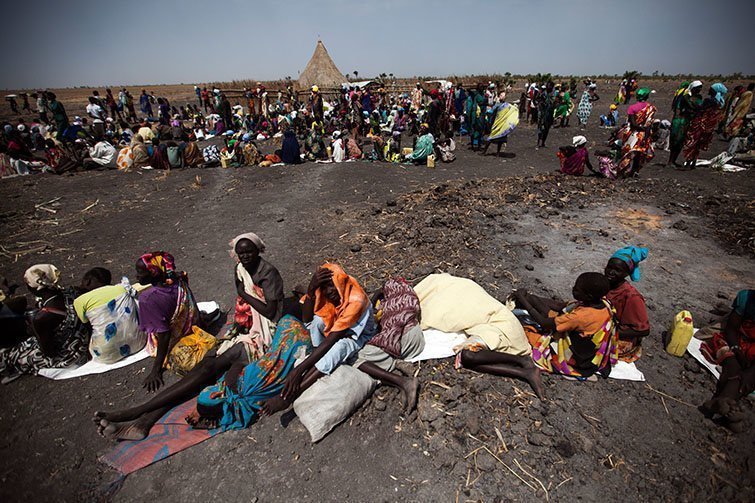 Va viure en primera línia la independència de Sudan del Sud i des del 2015 resideix a la ciutat sudanesa de Juba, des d'on està seguint una nova crisi humanitària que torna a ser totalment opaca als ulls del món. Però el fotoperiodista ha tingut l'oportunitat de donar a conèixer la realitat del nou país africà, amb el treball South Sudan:Hunger, The Ultimate Weapon, el que podriem traduir com -Sudan del Sud: La fam l'arma definitiva- un recull de fotografies que es projectaran en les jornades professionals del Festival Internacional de Fotoperiodisme Visa pour l'image que es va inaugurar aquest dissabte a Perpinyà, i que es prolongarà fins a l'11 de setembre.
Va viure en primera línia la independència de Sudan del Sud i des del 2015 resideix a la ciutat sudanesa de Juba, des d'on està seguint una nova crisi humanitària que torna a ser totalment opaca als ulls del món. Però el fotoperiodista ha tingut l'oportunitat de donar a conèixer la realitat del nou país africà, amb el treball South Sudan:Hunger, The Ultimate Weapon, el que podriem traduir com -Sudan del Sud: La fam l'arma definitiva- un recull de fotografies que es projectaran en les jornades professionals del Festival Internacional de Fotoperiodisme Visa pour l'image que es va inaugurar aquest dissabte a Perpinyà, i que es prolongarà fins a l'11 de setembre.
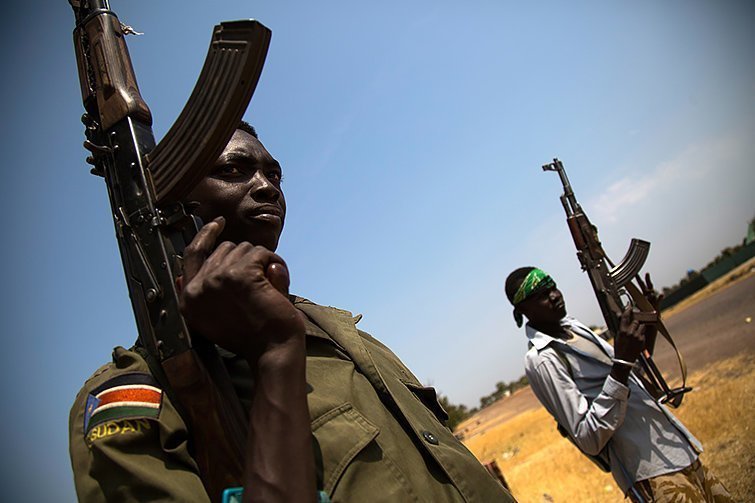 Visa pour l'Image, el més important festival internacional de fotoperiodisme que reuneix a professionals d'arreu del món presentant reportatges captivadors, que s'exposen en els edificis més emblemàtics de la ciutat, el que aporta a la mostra un atractiu afegit al missatge de la pròpia obra dels autors.
Visa pour l'Image, el més important festival internacional de fotoperiodisme que reuneix a professionals d'arreu del món presentant reportatges captivadors, que s'exposen en els edificis més emblemàtics de la ciutat, el que aporta a la mostra un atractiu afegit al missatge de la pròpia obra dels autors.
Albert González Farran, és un fotoperiodista independent amb 17 anys d’experiència. Des de 2015 viu a Juba (Sudan del Sud), col·laborant amb fotos i vídeos per a l’agència AFP i organizations humanitàries. Prèviament va produir documentals multimèdia a Egipte, Turquia, Itàlia, Suècia i Catalunya per a l’Organització Internacional per les Migracions,Save the Children i la Comissió Catalana d’Ajuda al Refugiat.
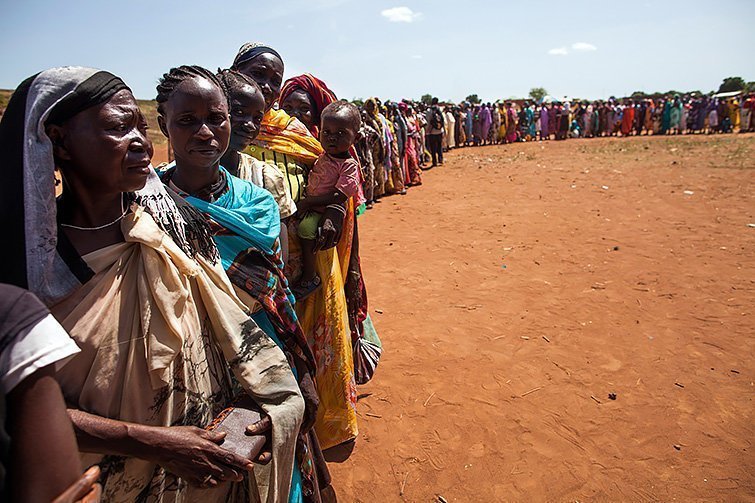 L’Albert ha estat també fotògraf de les missions de pau de les Nacions Unides a l’Afganistan (UNAMA) el 2015 i al Darfur (UNAMID) entre 2009 i 2014. Anteriorment va treballar per a diversos mitjans a Espanya, Perú, Irlanda i Irlanda del Nord, a més de produir dos projectes personals a Bòsnia i Etiòpia.
L’Albert ha estat també fotògraf de les missions de pau de les Nacions Unides a l’Afganistan (UNAMA) el 2015 i al Darfur (UNAMID) entre 2009 i 2014. Anteriorment va treballar per a diversos mitjans a Espanya, Perú, Irlanda i Irlanda del Nord, a més de produir dos projectes personals a Bòsnia i Etiòpia.
Llicenciat en Filologia Catalana per la Universitat Autònoma de Barcelona (1997), té un Màster en Fotoperiodisme i Fotografia Documental impartit per la Universitat de les Arts de Londres (2013) i un postgrau en Comunicació per al Desenvolupament de la Universitat Pompeu Fabra de Barcelona (2005).

